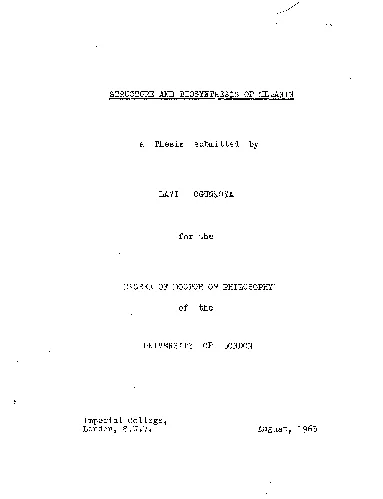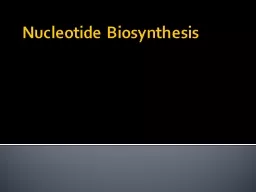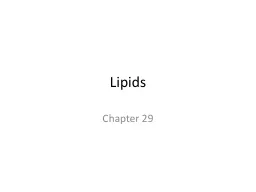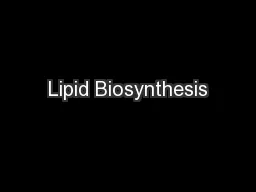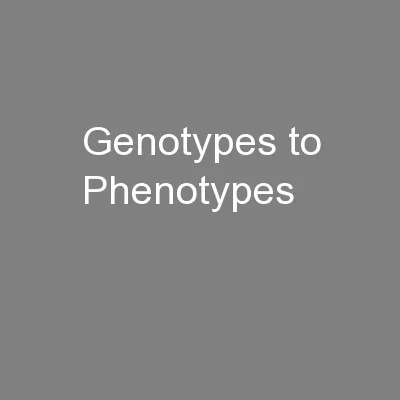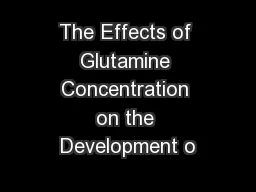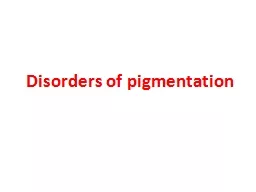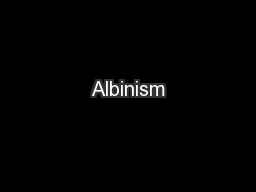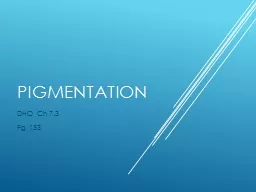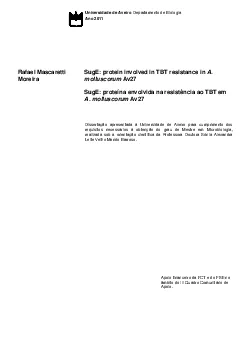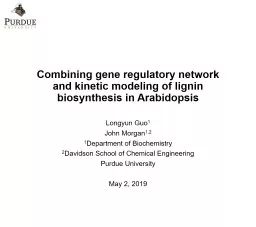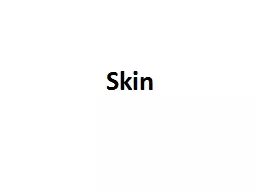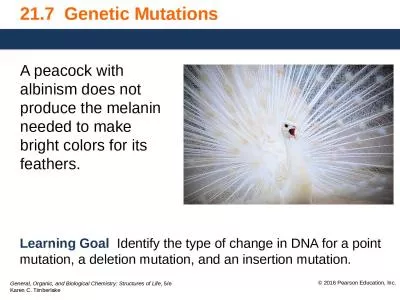PDF-STRUCTURE AND BIOSYNTHESIS OF MELANIN
Author : genevieve | Published Date : 2021-08-06
of the UNIVERSITY OF LONDON Imperial College ABSTRACT II ACKNOWLEDGEIONTS I wish to record my sincere gratitude to CONTENTS REVIEW 41411 19 51 1 INTRODUCTION Definition
Presentation Embed Code
Download Presentation
Download Presentation The PPT/PDF document "STRUCTURE AND BIOSYNTHESIS OF MELANIN" is the property of its rightful owner. Permission is granted to download and print the materials on this website for personal, non-commercial use only, and to display it on your personal computer provided you do not modify the materials and that you retain all copyright notices contained in the materials. By downloading content from our website, you accept the terms of this agreement.
STRUCTURE AND BIOSYNTHESIS OF MELANIN: Transcript
Download Rules Of Document
"STRUCTURE AND BIOSYNTHESIS OF MELANIN"The content belongs to its owner. You may download and print it for personal use, without modification, and keep all copyright notices. By downloading, you agree to these terms.
Related Documents

